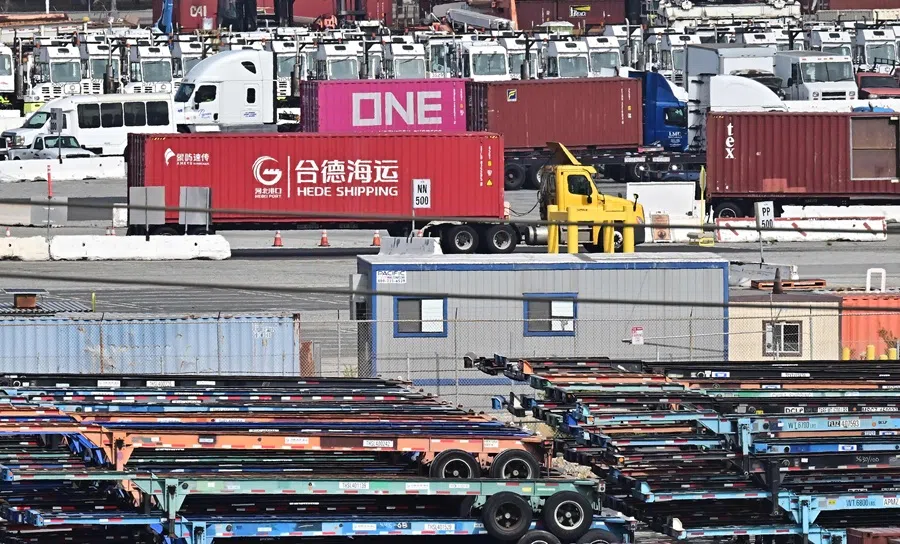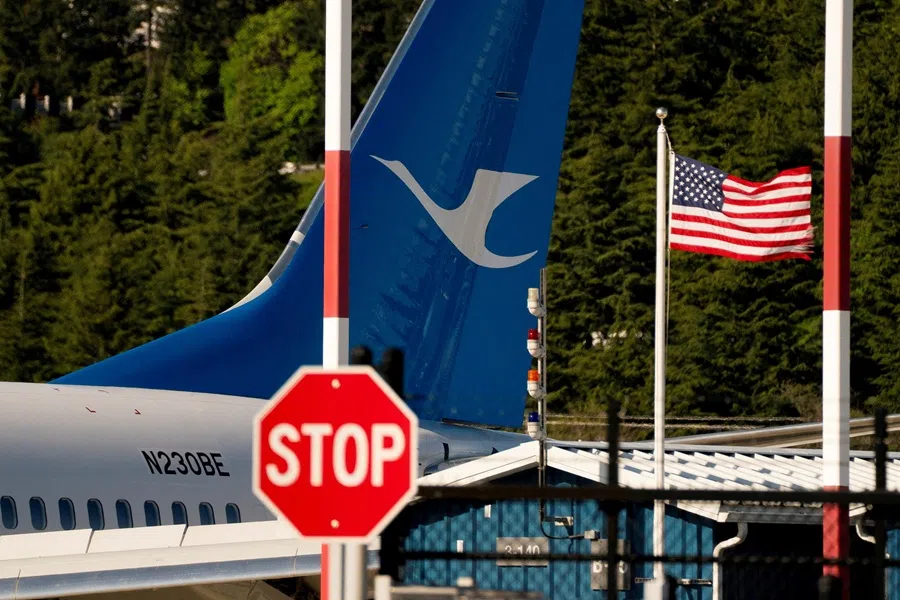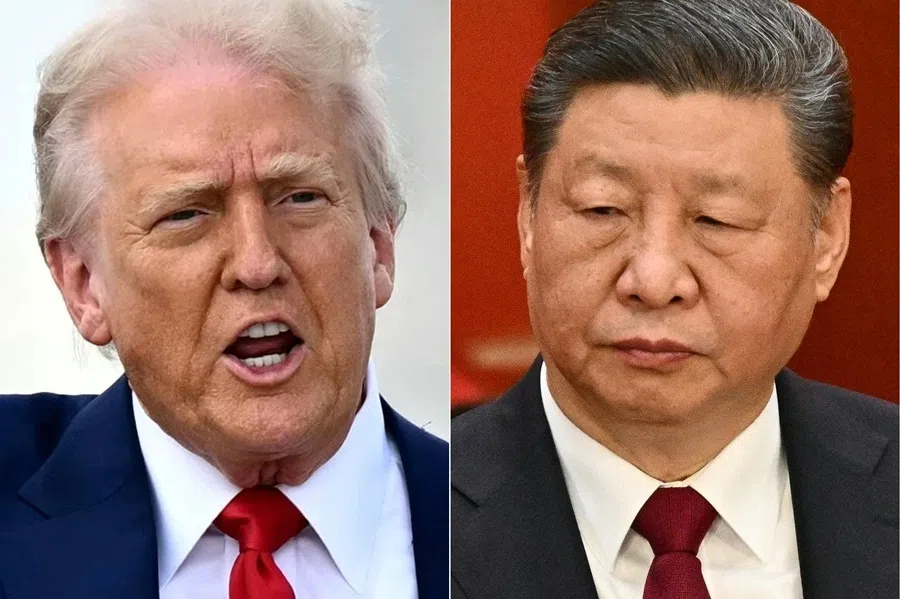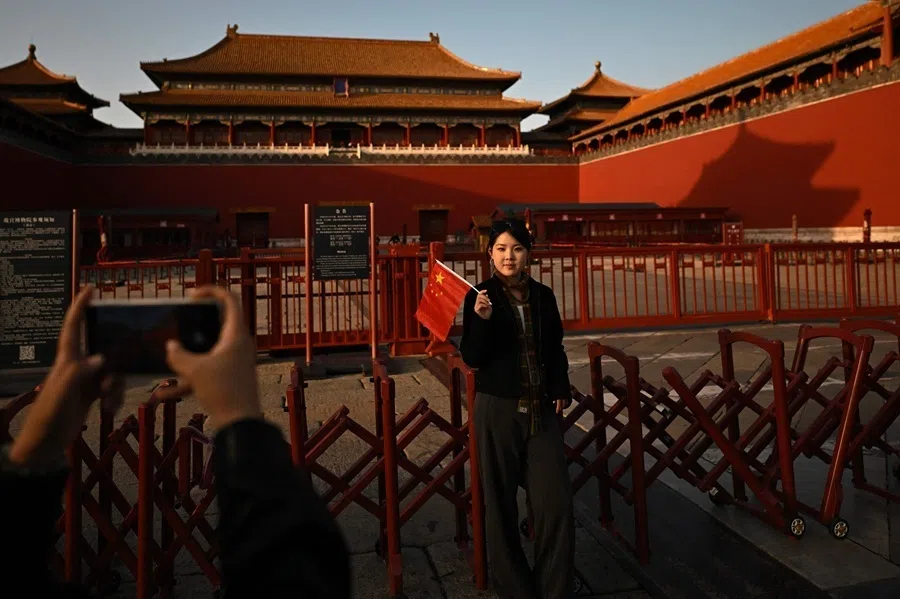Busan summit: Trump, Xi and America’s fight to stay on top
The Busan summit eased trade tensions but solved little. Behind the smiles, Washington still faces its defining challenge — how to contain China without conceding America’s global leadership. Professor Robert S. Ross analyses what the Busan summit tells us about US–China rivalry.

During their 30 October 2025 meeting in Busan, US President Donald Trump and Chinese President Xi Jinping reached important agreements regarding the US-China trade war. These agreements will allow both countries to ease the cost of the trade war to their respective economies and provide an opportunity for future trade agreements. Nonetheless, many of the Busan agreements simply turn back each side’s latest escalatory moves and are not self-implementing — as the Chinese Ministry of Commerce noted, further discussions will be needed for their implementation.
This ongoing uncertainty suggests the likelihood of continued tension and difficult negotiations, with repeated threats and counter-threats. Meanwhile, there are other important issues that were not addressed in Busan. Most significantly, security competition in East Asia continues to intensify, heightening the risk of future conflict.
Because the line between military and civilian technologies is a grey area and both countries possess considerable discretion in applying security-related export controls, mutual suspicions will persist that the other side is not cooperating.
Two deals, many doubts
Trump and Xi agreed on the immediate implementation of two qui pro quos that will restrain the escalation of the trade war. First, the US agreed to immediately postpone fees on Chinese ships entering US ports. In return, the Chinese side agreed to suspend its retaliatory measures. This agreement will avert a major decline in bilateral trade.
Second, Trump agreed to suspend the US implementation of its September 2025 restrictions on export licensing for companies in any country with at least 50% Chinese ownership and business ties to the Chinese military. In return, Xi agreed to suspend China’s 9 October regulations on rare earth exports.
But both the US and China will continue to restrict exports that contribute to the other’s military capability. Because the line between military and civilian technologies is a grey area and both countries possess considerable discretion in applying security-related export controls, mutual suspicions will persist that the other side is not cooperating. This will fuel further charges and counter-charges, with both the US and China continuing to rely on technology and rare earth controls as bargaining leverage.

Moreover, although the Trump administration reported that this quid pro quo required China to lift not only its October rare earth regulations but also its April rare earth regulations, the Chinese side did not mention its April regulations.
... differences may well persist on whether China has adequately controlled its fentanyl exports, and whether or not the US is required to completely remove its fentanyl tariff.
Soybeans, fentanyl and the fine print of the truce
The Trump administration reported that China would buy 12 million metric tons of soybeans, but the Chinese side simply reported that the agreements called for “expanded” agricultural trade. Moreover, having already agreed to import significant amounts of Argentinian and Brazilian soybeans, it is unlikely that China requires an additional 25 metric tons to meet its seasonal domestic demand in the coming years. There is thus much uncertainty that there will be implementation of any reported agricultural agreement that will resolve the issue.
The Trump-Xi understanding on US tariffs on Chinese fentanyl exports simply defers final agreement. China had sought full repeal of the US 20% fentanyl tariffs, imposed by Trump 10 days after his inauguration. China had argued that its significant progress on controlling fentanyl exports had received praise from the Biden administration, so that the Trump tariffs were without justification.
The Busan agreement calls for halving the US tariffs to 10%, with Trump reporting that full removal would depend on China’s complete ban on fentanyl exports to the US. Thus, differences may well persist on whether China has adequately controlled its fentanyl exports, and whether or not the US is required to completely remove its fentanyl tariff.
No deal on TikTok, Boeing or energy
While there is considerable ambiguity about what was agreed upon in Busan, Trump and Xi did not announce agreements on many other trade disputes. Despite Trump’s September statements that there would be an agreement on TikTok, there was no such agreement. China has not yet agreed for ByteDance to sell a controlling stake in TikTok to US companies. The apparent Chinese quid pro quo is to ease US restrictions on Chinese investments in the US.
Trump said he would visit China in April 2026; China simply reported on Trump’s wish to visit China.

China has also not agreed to purchase Boeing aircraft, and the US has not removed its threat to restrict the export of aircraft parts required by China’s nascent aircraft manufacturing industry. Moreover, there is uncertainty regarding China’s export of rare earths for Boeing aircraft production. Similarly, Trump says he looked forward to significant Chinese imports of US energy resources, but the Chinese did not announce any such agreement.
Ongoing US-China trade disputes continue to cast a dark shadow over the next round of negotiations. In August, the US suspended “reciprocal” tariffs for 90 days, setting the stage for renewed tension as negotiations contend with the US deadline for Chinese concessions. Trump said he would visit China in April 2026; China simply reported on Trump’s wish to visit China. Given this uncertainty, there will likely be contentious diplomacy over the many unresolved disputes prior to a possible Trump-Xi meeting in Beijing, just as there was contentious diplomacy prior to the Trump-Xi meeting in Busan, when the prospects for a meeting were uncertain until less than a week before the meeting.
Security moves in Asia
While there remains considerable potential for escalated US-China trade conflict, the security competition continues to heat up. Immediately following the Trump-Xi meeting in Busan, US Secretary of Defence Pete Hegseth travelled throughout Asia to consolidate US security cooperation against China.
In Japan, Hegseth reached an agreement with Japanese defence officials to expand US-Japan planning for war-time military coordination. In the Philippines, he reached an agreement to expand US military cooperation with the Philippines in waters claimed by both China and the Philippines. In Seoul, he pushed for South Korean defence cooperation with the Pentagon’s Indo-Pacific Strategy. In Hanoi, he pushed for US arms sales to Vietnam. And during his travels, Hegseth finalised a ten-year US-India defence cooperation agreement.
... the prospect for renewed US-China tension over Taiwan remains high.

Meanwhile, China continues to expand its air and naval operations around Philippine maritime claims, risking a confrontation in the South China Sea. And despite Trump’s claim of Beijing’s assurances that China would not attack Taiwan during his presidency, China has made no such assurances, and the prospect for renewed US-China tension over Taiwan remains high.
China: the US’s most significant obstacle
The US and China are engaged in a long-term competition over international leadership. This competition began during the Obama administration and the US’s “pivot to Asia”. The Biden administration then escalated the trade and security competition. Donald Trump now wants to “make America great again”.
China is the most significant obstacle to US efforts to maintain global leadership because it poses a challenge to US strategic leadership in East Asia, and only China challenges the recovery of US manufacturing industries and the superiority of its technology sector. Thus, restoring US global leadership has required undermining the rise of China.
But China’s control over rare earths and the importance of its market for US exports allows it to push back against US tariffs and technology controls. This US-China conflict of interest over global leadership will bedevil trade and security competition for decades.





